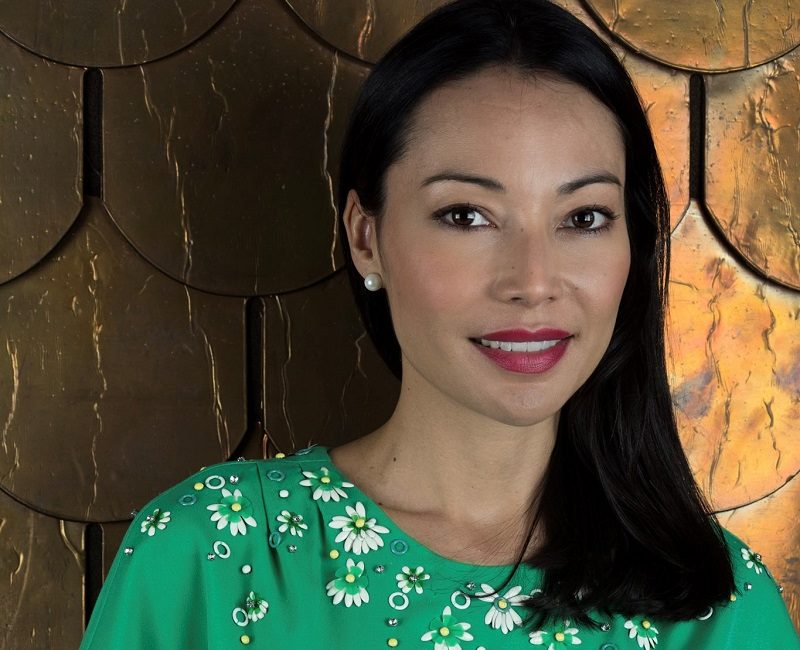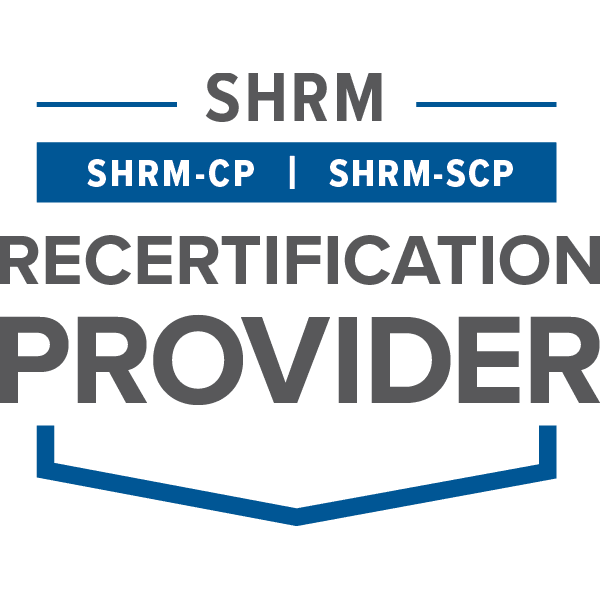
Adriana Gascoigne is the CEO of Girls in Tech, a nonprofit organization founded in 2007, to engage, educate, and empower young girls and women in technology. Learn more about Gascoigne and what motivated her to embark on this journey.
Color Magazine: What inspired you to start Girls in Tech?
Adriana Gascoigne: I was working at a startup called GUBA—my first startup experience. And there was very little diversity, few to no women, and it had a culture that wasn’t very inclusive to women. It was the classic “brogrammer” culture that you read about, and unfortunately, it’s very real. This experience led to me launching Girls in Tech. It started out with one networking event in San Francisco in 2007, and it was an incredibly popular launch. It was obvious, from the start, that there were many women out there, just like me, who were seeking a support system.
CM: Can you walk us through how Girls in Tech works? What is the main mission?
AG: Our overarching mission as an organization is to eradicate gender disparities in STEM fields. That’s a big challenge to overcome, but that’s why we’re here. Girls in Tech works by creating proprietary programs at the corporate level (boot camps, partnerships, conferences, etc.) and cascading them down to the local chapter level. It’s free to join and the operations are a balance between corporate structure and grassroots involvement at the local level. Specifically, we have more than 60 chapters around the world. These chapters are all managed by volunteer directors. They have the autonomy to customize programming for their chapter’s needs and interests. For example, if one chapter prefers coding boot camps and another prefers mentoring, there’s the flexibility to make that happen.
CM: What are some of the barriers, that you’ve noticed, keeping girls and women from tech industry jobs?
AG: I’ve learned that it’s a deeply complex issue, and it’s not going to get resolved by one program or another. It’s going to take massive social change—and Girls in Tech is a part of that change. Unconscious bias plays a huge role in how both women and men perceive their roles, each other and interact with one another. Another ongoing challenge is corporate responsibility—this is something I am deeply passionate about. Corporations need to open their eyes and see what is happening within their own teams, their own interviews, their own HR departments. They need to be more accountable—I’m looking to them to support organizations like ours and to put together the resources to make a difference within their own companies.
CM: Can you tell us more about your role as CEO? What does a typical day look like for you?
AG: As CEO, I focus on leading my growing corporate team, working closely with our incredible Board, and forming strategic partnerships. Every day is different for me, and it can get hectic, but I also love that. I usually have back-to-back phone calls and I often go onsite to some of our large corporate sponsors, or prospects to meet with leaders, present, or brainstorm ways we can better collaborate. I travel often for work, as well. Recently, I went to Cuba to meet with government leaders there to explore partnership opportunities. I also tend to travel several times a year for speaking engagements.
CM: What is the most rewarding part of what you do? What are some of the challenges?
AG: The most rewarding thing, for me, is when I get to hear personal stories, directly from a member or even a friend, of how Girls in Tech has touched their lives. Often, we can move so fast that we’re so focused on the big picture. When that happens, it’s easy to lose track of the details. But when I can hear a story from an individual about the difference we’re making in their lives, that’s what matters to me. It serves as a reminder about why I’m doing this and why it’s important to keep moving forward.
CM: What is one thing that you wish you knew when you first started?
AG: The importance of structure. This is what every startup goes through. It’s a delicate teeter totter of fast growth, balanced with needing structure. As Girls in Tech continues to expand, I am working hard to implement more structure at all levels so that we can grow strategically. Back in 2007, it was hard to predict where the organization was going to go and what our needs would be. But now I’m in a better place to plan for these types of things, and I have a lot more resources to work with.
CM: What were you doing before starting Girls in Tech?
AG: I was doing product marketing for a tech startup in the video UGC space. Before Girls in Tech, I was with an ad agency, focused on consumer brand marketing.
CM: What made you decide to go into tech? What was it that drew you to it?
AG: Like so many, the energy drew me in. I loved the idea of making something from nothing. I especially loved being a part of early teams, forming the early foundation for marketing or product. It’s exhilarating to always be making something, to be able to run with nearly any idea and to really get your hands dirty in a project. I like solving problems and helping make people’s lives more convenient through technology. These types of experiences are much harder to find at a large corporation.
CM: Where do you get inspiration from?
AG: Hands down, it’s my parents. I’m very close to both of my parents. They live in Southern California and I see them at least every six weeks or so. I am so lucky to have such a supportive family. Both of my parents were entrepreneurs and I think I get my scrappy nature from them.
CM: Where do you see Girls in Tech going in the next 5-10 years?
AG: The growth has been non-stop, so I expect to see Girls in Tech in more than 100 locations by then. I think in the next 5-10 years Girls in Tech will go from a startup mode to a more mature organization, I can already see that happening. I’d like to be able to provide all of our programs for free to all of our members around the world.
CM: What advice would you give to future entrepreneurs?
AG: You’ll never regret it. If you have an idea, if you have a passion, just do it. Life is short. You can always go back to a “real job” but you can’t necessarily do the entrepreneurship thing at any time in life. Give it a go and then you’ll know that you do, you owe it to yourself.
CM: What do you do in your spare time? What’s one thing that a lot of people may not know about you?
AG: On any given night or weekend, you can find me salsa dancing, making enchiladas from scratch, going for a run along the bay, or grabbing coffee with a great friend.


